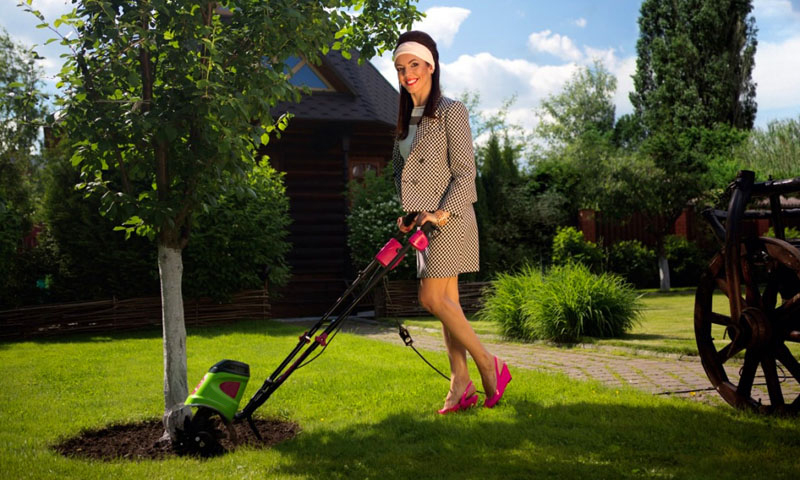Beds with greens, vegetables or berries beckon summer people like a magnet. Fans of collecting their own crops often do not stop at the existing garden in the open, preferring to start a greenhouse. You can not be afraid of it for cultures that are afraid of the scorching sun, rain or frost. But as soon as it comes to buying, it turns out that the choice is not easy at all. A lot of forms, materials of the frame, covering elements and different prices can confuse even the inveterate amateur gardeners. Our guide will acquaint you with all the options available for sale, and will give a number of useful recommendations that will later help in the acquisition of a greenhouse that perfectly suits the requirements.
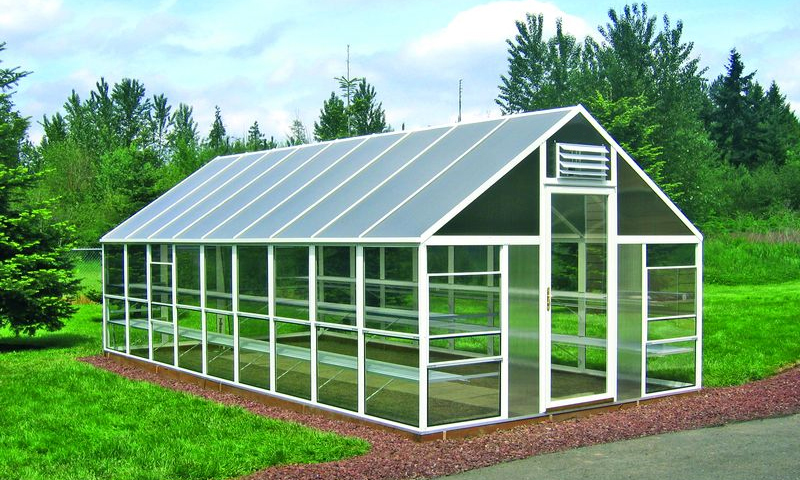
Content:
The best greenhouse manufacturers - which company to choose
On the domestic market are many manufacturers of greenhouses. Most often, these are Russian companies that have considerable experience, and who know what the summer residents who live in our vast territory need.
Usually, finished greenhouses are manufactured in factories or made to order by companies engaged in the production of metal structures. The factories carry out a whole range of designs, offering the buyer a huge range of products.
The products of small firms, on the contrary, are not distinguished by a wide choice, limited to standard copies with minor differences in the configuration. Factory greenhouses can be purchased at specialized points of sale, without losing time in anticipation of the manufacture of products to order.
Here are some very popular companies:
- "Will";
- "New Forms";
- "Harvest";
- "Plant greenhouses";
- TPF "Innovation".
This is not the entire list of sought-after manufacturers whose products are worthy of interest. To trust is up to you. For each region there are their own manufacturers, which can vary greatly among themselves.
Try to find and visit the official sites of such enterprises in order to learn more technical information, and not just advertising slogans. If you are already looking for a suitable model, then go to our ranking of the best greenhouses.
The principle of operation and the greenhouse
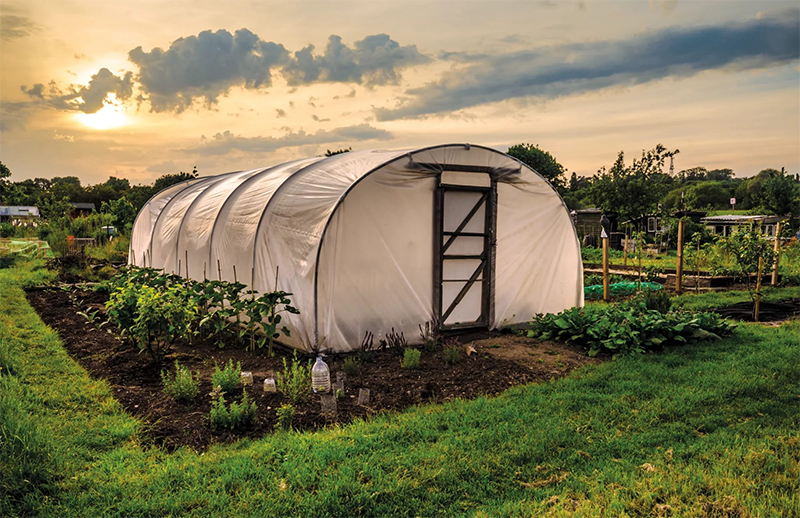
A greenhouse is a special facility designed to harbor and protect seedlings grown in the early stages, for example, peppers, tomatoes, cabbage, cucumbers, various types of greenery, flowers and other things.
Subsequently, the grown sprouts are planted in open ground. The heating system and large dimensions make it possible to produce the whole growing process from planting to harvesting.
Greenhouses consist of a frame and a covering material, which is usually polycarbonate, glass, polyethylene, etc. The heat generated from the pipes and the sun generated inside the structure heats the soil and the plants themselves.
The heated air is well kept by the walls and roof of the building. Usually, it is on the material of the walls that the success in capturing energy that goes to heat later.
Types of greenhouses
Arched
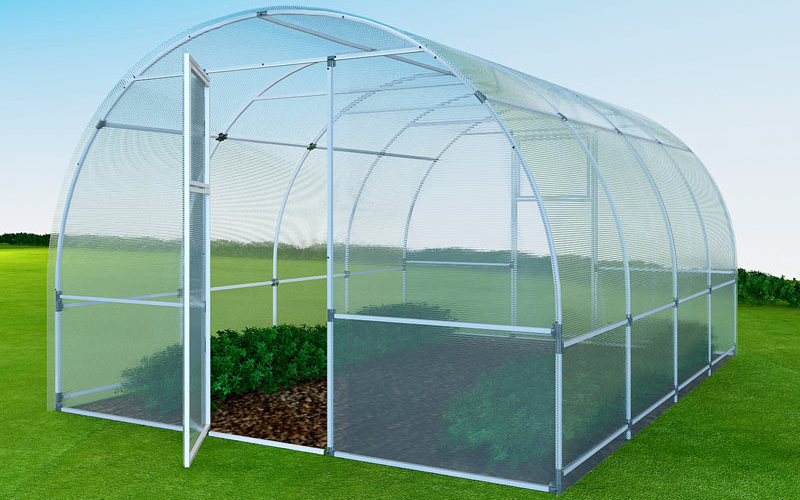
Arched greenhouses are an economical option. Due to the absence of sharp corners, such a construction would require significantly less covering material than, for example, a rectangular one.
There are hybrid versions of such buildings, they are dome-shaped. Precipitation in the form of snow does not linger on the roof, rolling down to the ground. Due to this, there is no pressure that can lead to the destruction of the greenhouse.
However, in regions with frequent and strong winds, arched forms should be avoided, as they are most often prone to breakdowns during strong gusts.
Advantages:
- do not hoard snow;
- long service life;
- low cost
Disadvantages:
- restrictions on the choice of coverage;
- insufficient for some plants maximum height (up to two meters);
- unstable to strong winds;
- difficult access to extreme beds.
Rectangular
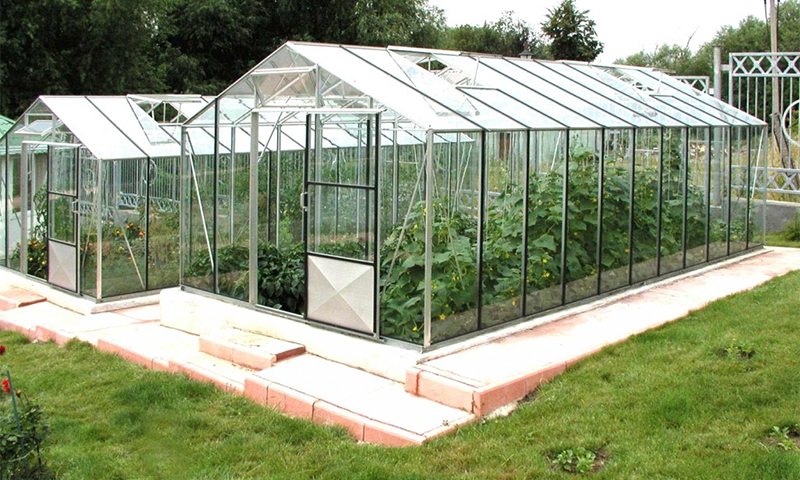
Rectangular greenhouses are perhaps the most common. These are traditional buildings, usually having a gable roof. The areas for planting in such structures are larger than in arched models. True, covering material will also need more, and this will affect the final price.
Rectangular greenhouses provide excellent lighting even with a cloudy sky. Snow comes off easily due to the sharp corner of the slope.
Advantages:
- attractive appearance;
- rapid convergence of precipitation;
- large area for landing;
- convenience in operation.
Disadvantages:
- complicated mount;
- relatively high price.
Polygonal

Polygonal greenhouses are rarely found on sites. Such a structure is expensive but effective. The set of faces (usually eight), located around the perimeter, the sun warms at any time of the day.
Most often wood or metal is used as a frame material, and glass serves as a covering material. These buildings look very beautiful and unusual, therefore they are able to transform any area.
Advantages:
- original form;
- it warms up well due to the many faces;
- excellent transparency.
Disadvantages:
- not easy to achieve a stable temperature;
- may accumulate snow on the roof;
- high cost.
Walls
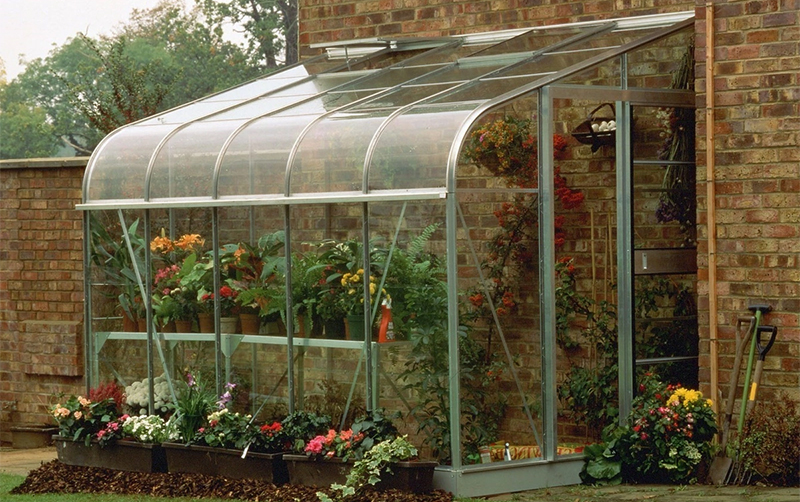
Wall greenhouses are called structures that are attached to the walls of houses, verandas or other buildings. Such structures have a shed roof. In shape, they can be both arched and rectangular.
This option of the greenhouse is the most economical, as there is a saving of building materials due to the presence of an already finished one wall. Experts recommend installing the structure on the south side.
It is also important to note that wall greenhouses need a smaller area, which means they are perfect for small areas.
Advantages:
- saving land area;
- ease of use;
- low cost
Disadvantages:
- difficult installation.
Greenhouse selection options

Frame material
1. Tree
One of the most accessible and popular materials. Its popularity is due to the low price and ease of processing. Despite the fact that the wooden frame is environmentally friendly, does not rust and has good thermal insulation qualities, it is considered imperfect. The main disadvantages include fragility, instability to moisture and fragility. When choosing this material, it is important to consider a moisture removal system to avoid rotting.
2. Plastic
Among experts recognized as the most suitable material for greenhouses. PVC frame in Russia is used less often than others because of the high cost and complexity of processing. Plastic in greenhouses looks aesthetically pleasing, while it is durable, resistant to corrosion, rotting and various aggressive substances (acids, alkalis, fertilizers). It is lightweight and easy to install.
3. Aluminum
Similar frameworks gather from a profile or pipes. Profile is cheaper, but they are inferior in strength tube frames. In general, they are resistant to rust, light weight and ease of installation. Requires a minimum of care. Among the disadvantages are the low thermal insulation properties and relatively high cost.
4. Steel
In terms of price and quality, it is steel frameworks that benefit. Made of profile or pipes. They are durable, durable, withstand heavy loads, and all this at a fairly small price. There were no minuses here either: steel has poor thermal insulation and is also susceptible to corrosion.It is best to choose a galvanized, rather than a dyed material, since it will not need additional protection from rust for about ten years.
Covering material
1. Glass
In the past, it was glass that was one of the most sought-after materials for greenhouses. To date, many analogues have appeared, but they have not yet succeeded in completely removing the glass from the market. The material perfectly transmits light, has good thermal insulation, is resistant to temperature changes, durable and aesthetic. The main disadvantage is its fragility. It is important to choose a glass of at least 4 mm in thickness.
2. Polycarbonate
Cellular polycarbonate has the best value for money. Thanks to the air-filled honeycomb, the material becomes two hundred times stronger than glass, excellent light transmission is ensured, and the heat hardly reaches the outside. The low weight and ease of processing make polycarbonate even more attractive. For greenhouse walls, choose a thickness of at least 6 mm, and for a roof - 8 mm.
- See also: best polycarbonate greenhouses
3. Polyethylene
The cheapest and easiest to install material for greenhouses. It passes and gently diffuses the light, protects plants from light frosts (up to -30 ° C) and is suitable for structures of any shape. Polyethylene wears out quickly, especially in places of fasteners, so it will have to be changed often, about once every six months or a year. Experts advise to buy a reinforced or PVC film, because they are much stronger and can last several seasons in a row.
Size and equipment
The choice of size is a purely individual matter. General recommendations say that the width of the optimal design will be from 3 to 3.5 m, and the length - from 4 to 6 m. It is not recommended to buy longer greenhouses, since it will be much more difficult to care for the plants.
Consider also the packaging. The doors should be fairly wide, not less than 1 m, so that if necessary, you can freely transport the car. To have them best in both ends of the greenhouse.
The design should be equipped with at least several vents, for example, vents. If they are not, then the plants can burn. It would be nice to have on a covering material a specially applied protective layer that protects the seedlings from harmful radiation.
Which greenhouse to choose
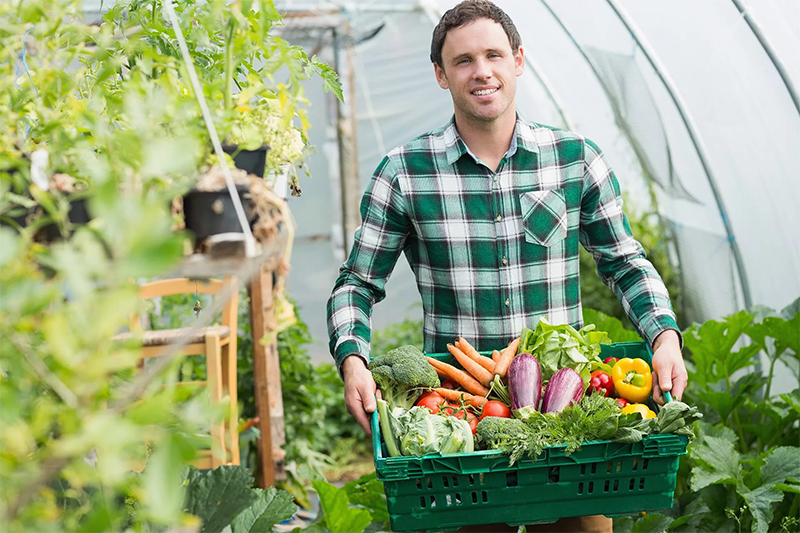
1. Arched greenhouses are suitable for windless areas. Planted in them can be small in height culture.
2. Rectangular designs are good for growing tall plants.
3. Polygonal buildings differ in unusual appearance, so they will decorate any territory.
4. Wall greenhouses save site space, so they should be chosen for those who have a small land area.
5. The best option would be a frame of aluminum or galvanized steel, the best not profile, and tubular.
6. Choose a better greenhouse made of polycarbonate.
7. Glass designs are not bad, but they are better to buy for places where there is no hail.
8. For buildings made of polyethylene should take reinforced or PVC film.
How much is greenhouse
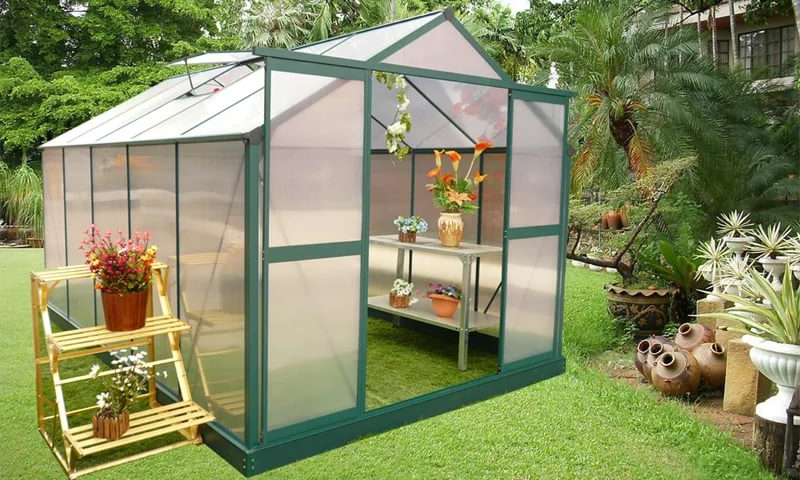
1. The cheapest are models of arch forms, including wall ones, the cost ranges from 5 to 15 thousand.
2. More expensive cost rectangular greenhouses. The price for them is about 10-20 thousand rubles.
3. Polygonal buildings are the most expensive. Depending on the size and materials, they cost 15-40 thousand rubles.
4. Constructions in length up to 4 m cost from 10 thousand r; up to 6 m - from 15 thousand r; up to 8 m - from 20 thousand rubles.
5. Glass greenhouses have a price tag of about 10-30 thousand rubles.
6. Polycarbonate models will cost about 10-17 thousand rubles.
7. Greenhouses using polyethylene are in the area of 5-10 thousand rubles.
It will be interesting to friends too






